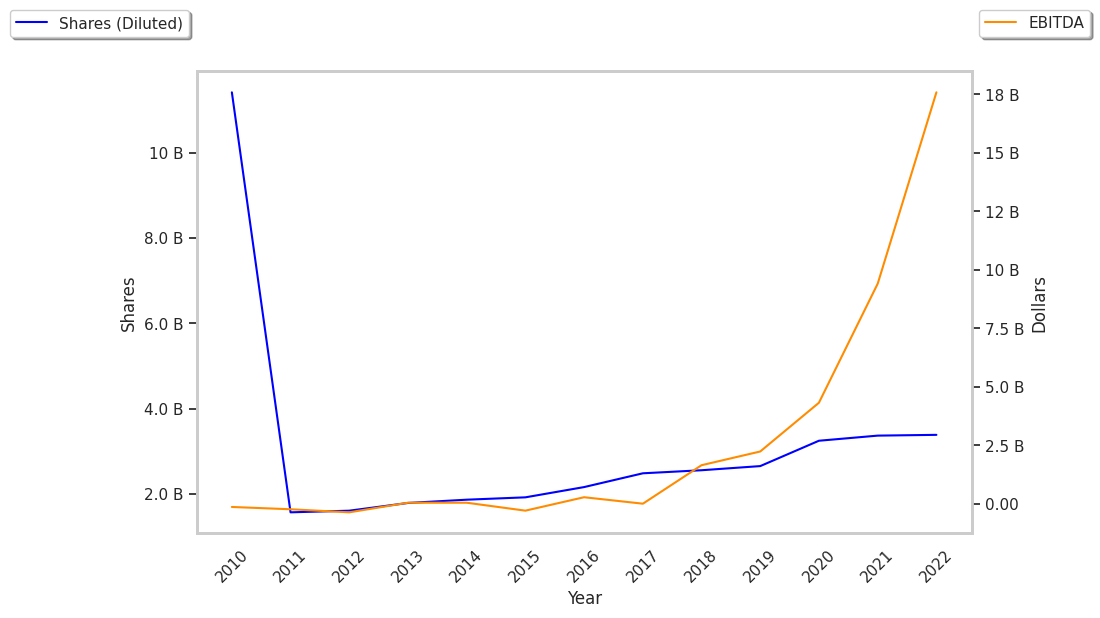Tesla's price surge today will have many doubting analyst views on the stock. Ending the day at $345.16, TSLA has posted 3.7% gains, meaning that many investors are willing to buy the stock despite its average rating of hold. What factors might be motivating these buyers?
Let's start our value analysis with the price to book (P/B) ratio. This is perhaps the most basic measure of a company's valuation, which is its market value divided by its book value. Book value refers to the sum of all of the company's tangible assets minus its liabilities -- you can also think of it as the company's equity value.
Traditionally, value investors would look for companies with a ratio of less than 1 (meaning that the market value was smaller than the company's book value), but such opportunities are very rare these days. So we tend to look for company's whose valuations are less than their sector and market average. The P/B ratio for Tesla is 15.83, compared to its sector average of 3.19 and the S&P500's average P/B of 4.74.
The most common metric for valuing a company is its Price to Earnings (P/E) ratio. It's simply today's stock price of 345.16 divided by either its trailing or forward earnings, which for Tesla are $3.66 and $3.24 respectively. Based on these values, the company's trailing P/E ratio is 94.3 and its forward P/E ratio is 106.5. By way of comparison, the average P/E ratio of the Consumer Discretionary sector is 22.6 and the average P/E ratio of the S&P 500 is 29.3.
Indebted or mismanaged companies can't sustain shareholder value for long, even if they have strong earnings. For this reason, considering Tesla's ability to meet its debt obligations is an important aspect of its valuation. By adding up its current assets, then subtracting its inventory and prepaid expenses, and then dividing the whole by its current liabilities, we obtain the company's Quick Ratio of 1.214. Since TSLA's quick ratio is higher than 1, its total liquid assets are sufficient to meets its current liabilities.
When we had up all the inflows and outflows of cash, including payments to creditors, we obtain Tesla's levered free cash flow of $4.36 Billion. This represents the money left over from the company's operations that is available for reinvestment in the business, or for paying out to equity investors in the form of a dividend. Despite its positive cash flows, Tesla does not currently pay a dividend.
If it weren't for Tesla's strong fundamentals, we might consider today's surge as a flash in the pan. There are certainly many investors who are willing to make a contrarian investment in this company. Only time will tell whether analysts were right in passing over this stock.



